What is Braising?
Braising is a cooking technique that combines both dry and wet heat to prepare meat or vegetables. It involves searing the food at a high temperature initially and then simmering it in a flavorful liquid at a lower temperature for an extended period. This slow and gentle cooking process helps tenderize tough cuts of meat and infuse them with rich, savory flavors.
Here’s a step-by-step breakdown of the braising process:
1. Searing: The first step in braising is to sear the meat or vegetables in a hot pan with a small amount of oil or fat. Searing creates a browned exterior, known as the Maillard reaction, which adds depth and complexity to the flavor of the dish.
2. Aromatics: After searing, aromatics such as onions, garlic, herbs, and spices are often added to the pan to build flavor. These ingredients release their flavors and aromas as they cook.
3. Deglazing: To further enhance the flavor, the pan may be deglazed with wine, broth, or another liquid. Deglazing is simply the act of adding a liquid to a hot pan, which allows all the yummy, caramelized bits stuck to the pan to release. These flavorful browned bits can seriously improve the final dish.
4. Simmering: Once the food is seared and the aromatics and liquids are added, the heat is reduced to a low simmer. The dish is covered and allowed to cook slowly over a longer period, typically ranging from one to several hours. This slow simmering allows the food to become tender and absorb the flavors of the liquid and aromatics.
How Does Braising with a CVap Work?
CVap allows you to choose whether or not to add braising liquid. You have the option to do either. CVap ovens’ vapor-rich technology generates the high moisture environment necessary to achieve the tenderizing that traditional braising provides.
The steps involved in braising in CVap are the same as those outlined above. The exception is that pans don’t need to be covered while simmering in a CVap. The moist environment minimizes evaporation, making covering unnecessary.
To achieve the maximum advantages of braising (as outlined below), we recommend utilizing braising in liquid. It will give you the best flavor and overall results.
What are the Key Advantages of Braising?
Tenderizes Tough Cuts
Braising is particularly useful for tough cuts of meat, such as brisket, shank, or short ribs. The extended cooking time breaks down the collagen in these cuts, resulting in tender and succulent meat. Likewise, vegetables like onions, carrots, and celery will soften while absorbing the flavor of the braising liquid.
Low Maintenance
Once the initial searing and preparation steps are completed, braising requires minimal attention. You can set it to simmer and attend to other tasks while the dish cooks. This is particularly true in CVap ovens. Once the cook cycle is concluded, CVap ovens can be programmed to automatically transition to a hold mode, keeping braised food at perfect temperature and consistency until serving time.
Leftovers Improve
Braised dishes often taste even better the next day as the flavors continue to meld and intensify, making them excellent for meal prep and leftovers.
Versatility
Braising is a versatile technique that can be applied to a wide range of ingredients, including meat, poultry, fish, and vegetables. It’s also adaptable to various cuisines and flavor profiles.
Intensifies Flavor
The combination of searing, aromatics, and slow simmering allows the food to absorb a rich and complex flavor profile. This results in a dish that is deeply flavorful and satisfying.
In summary, braising is a cooking method that offers numerous advantages, including the ability to transform tough cuts of meat into tender, flavorful dishes, and the creation of rich, complex flavors through a slow and gentle cooking process. It’s a valuable technique for home cooks and professional chefs alike.
From the Blog
Braising in CVap® Veal Shank Osso Buco
Ossobuco (pronounced os-oh-boo-koh) is a Milanese speciality of cross-cut veal shanks braised with vegetables, white wine, and broth. It is often garnished with gremolata and traditionally served with risotto alla milanese. Osso buco is Italian for “bone with a hole” (osso bone, buco hole), a reference to the marrow hole at the center of the cross-cut veal shank (Wikipedia).
This classic is sometimes made with pork shanks or lamb shanks. I’m a big fan of veal shanks, so I’m going the traditional route. This is a perfect dish to make overnight in the CVap® oven, chill in the morning, and then reheat for dinner service. It’s one of those dishes that benefits from that wonderful mingling of flavors under refrigeration. Both the preparation methods I’m sharing can easily be scaled for restaurant service.


